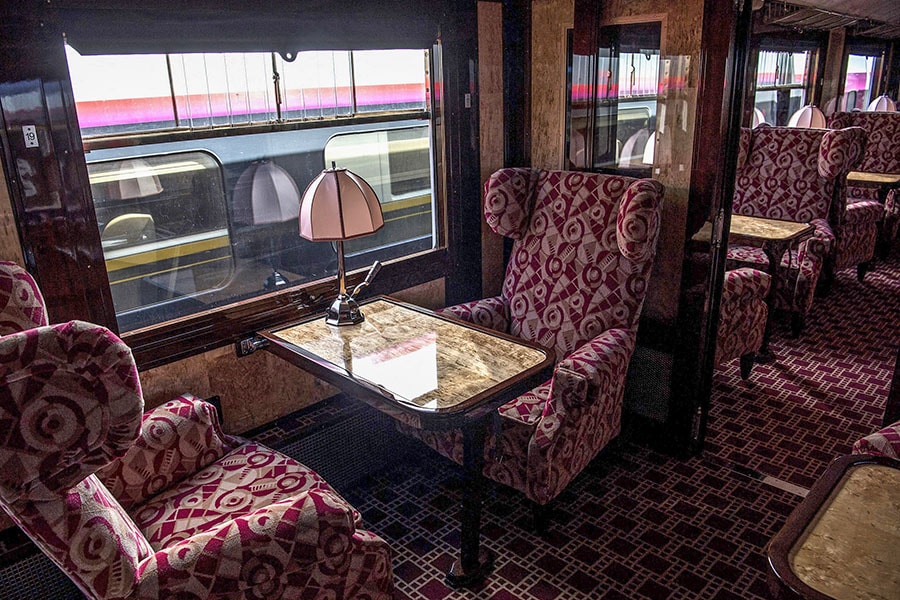
Sex, death and madness: Pop culture's fascination with night trains
For a very long time, trains have provided a setting for love, mystery and danger in some of the most enduring works of art
 The interior of a newly-restored carriage of an Orient Express train displayed at the Gare de l'Est train station in Paris
Image: Christophe Archambault / AFP
The interior of a newly-restored carriage of an Orient Express train displayed at the Gare de l'Est train station in Paris
Image: Christophe Archambault / AFP
The return of the sleeper train from Berlin to Paris is a reminder of the romance of railways that has long inspired writers, musicians and filmmakers.
One of the first-ever films, the 50-second "Arrival of a Train at La Ciotat Station", reportedly terrified audiences in 1896 who thought they were about to be squashed in their seats.
X




